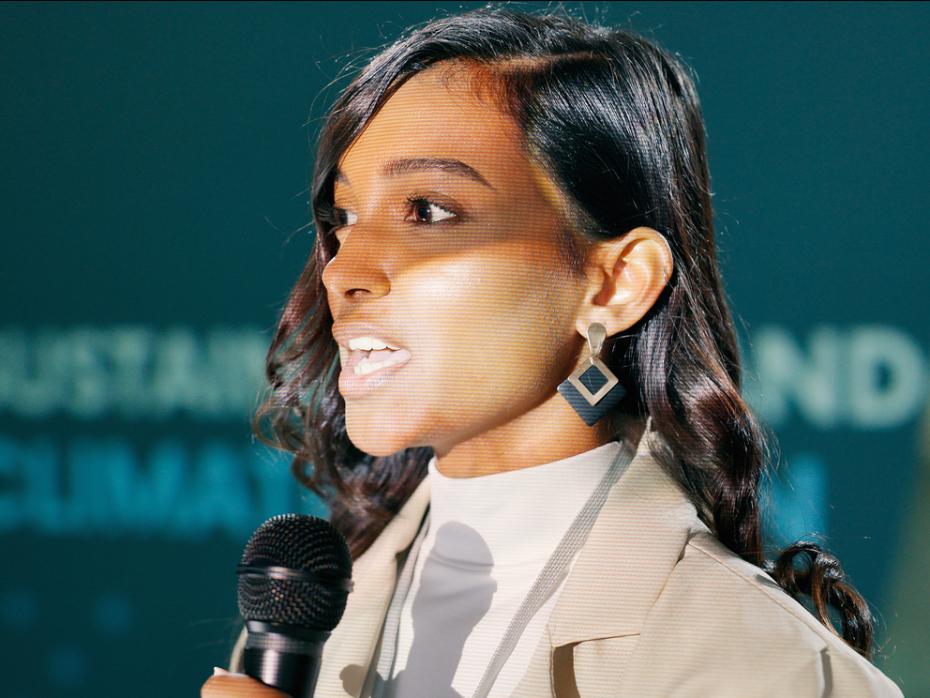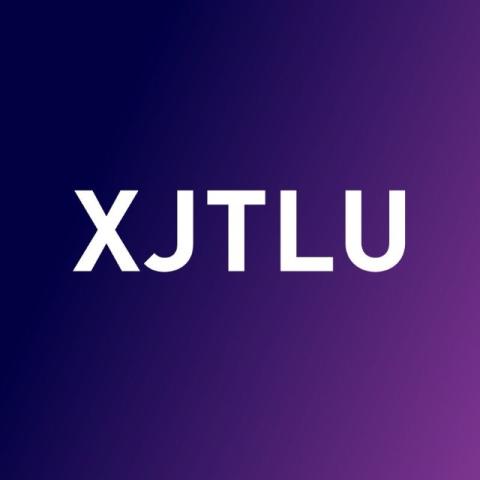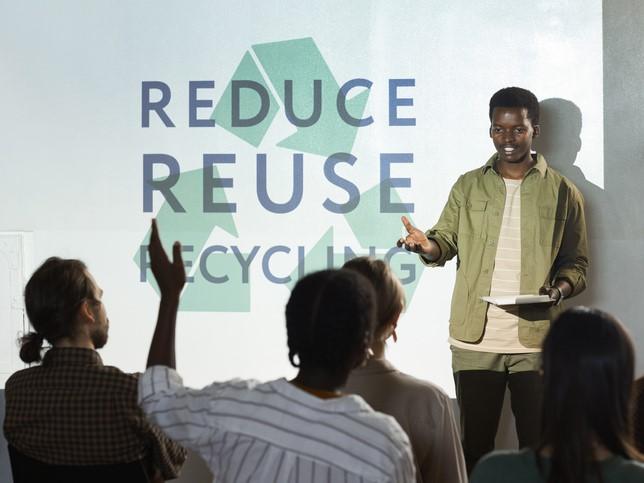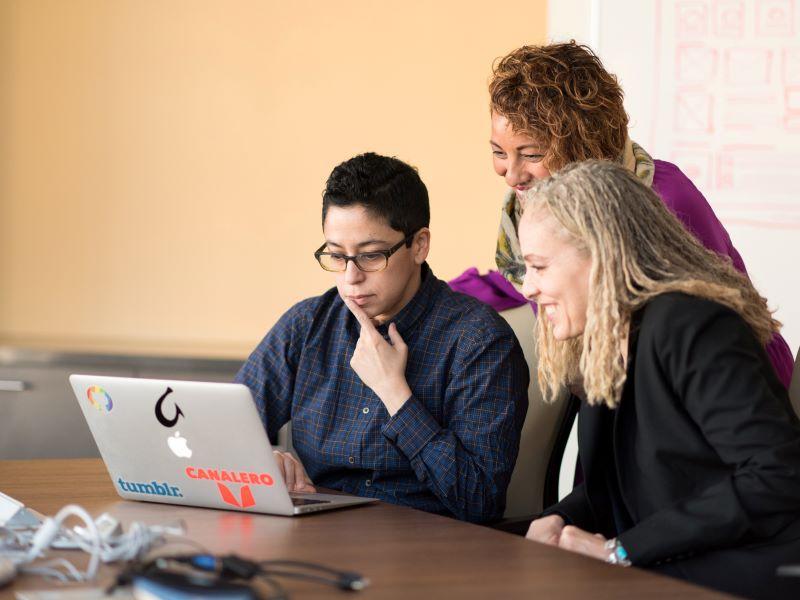
Integrating sustainability into a financial and actuarial mathematics course
There is a growing need to integrate sustainability into financial and actuarial mathematics (Fam) curricula. To meet this demand, at Xi’an Jiaotong-Liverpool University, we collaborated with an insurance consultant to deliver a guest lecture series. We combined this with a project-based learning (PBL) assessment for our final-year students.
We began by conducting a pre-lecture survey that revealed students’ perceived lack of knowledge of sustainability and desire for a systematic learning approach. In response, we designed a series of lectures to build a comprehensive knowledge framework covering four themes:
Theme 1: introduction to sustainability concepts and background to provide foundational theory and introduce industry sustainability application
Theme 2: sustainability investment systems for insurance institutions, focusing on green financial instruments
Theme 3: sustainability risk management, analysing climate risks and their impacts on the insurance industry
Theme 4: green insurance and product innovation, including case studies.
This systematic and progressive design not only deepened students’ understanding of sustainability concepts but also enhanced the relevance and effectiveness of their application in real-world projects.
Structuring practice-oriented Q&A sessions
We encouraged student engagement in each two-hour guest lecture by incorporating 15- to 20-minute Q&A sessions after the first hour. We noted that during open-ended Q&A sessions, students often remained quiet. However, when we shifted the focus to the challenges that they encountered during the application of the concepts relevant to each theme, engagement increased significantly. For instance, during a lecture on risk assessment, we encouraged students to share relevant practical difficulties they faced. One group raised the question: “How do emerging climate risks specifically impact the design and pricing of existing insurance products?”, which led to a fruitful discussion.
- How can universities contribute to achieving the 17 UN Sustainable Development Goals?
- Embedding sustainability accounting into the curriculum
- Sustainability education needs to go beyond the SDGs
Implementing PBL assessments
We introduced PBL assessments to deepen students’ understanding of the concepts introduced in the guest lectures. Students had to complete a coursework project focused on designing sustainability-related insurance products that addressed unmet market needs.
The assessment criteria emphasised both theoretical understanding (50 per cent) and practical feasibility (50 per cent).
Theoretical understanding criteria:
- Demonstrate an in-depth grasp of sustainability principles and their relevance to insurance design
- Critically analyse literature to justify the use of Fam models and methodologies
- Calculate premiums and justify their suitability by applying appropriate statistical and actuarial methods, such as generalised linear models (GLMs).
Practical feasibility criteria:
- Evaluate potential market demand, including target market analysis and scalability
- Explain how the product aligns with sustainability objectives and fills market gaps
- Assess financial and environmental impacts comprehensively and realistically.
For example, students designed an insurance product for businesses affected by high temperatures and applied GLMs to calculate premiums. The assessment focused on the justification of the model choice and analysis of market demand when assessing how businesses are impacted by extreme heat and climate-related risks. This strategy fostered a balance between theory and practice, equipping students with the skills to tackle real-world sustainability challenges.
Measuring students’ knowledge of sustainability before and after
We used a performance survey to compare students’ pre-existing knowledge of sustainability with new knowledge gained from the guest lectures. It included questions aligned with the United Nations’ Sustainable Development Goals (SDGs), and we measured responses on a scale ranging from “not at all” to “very much”. Sample questions included:
1. “To what extent have you acquired knowledge of combating climate change (relevant to SDG 13)?”
2. “To what extent have you learned to promote sustained, inclusive and sustainable economic growth, full and productive employment and decent work for all (relevant to SDG 8)?”
3. “To what extent have you acquired knowledge of promoting peaceful and inclusive societies for sustainable development; providing access to justice for all and building effective, accountable and inclusive institutions at all levels (relevant to SDG 16)?”
We have created a dynamic and interactive learning environment that bridges academic concepts with industry practices as a result of these efforts. Post-lecture survey results showed significant improvements in students’ ability to apply sustainability principles to real-world challenges, with one remarking, “Through the lectures and project, I now see how businesses, governments and insurance products can collaborate for effective environmental governance.”
This advice is based on a project supported by Xi’an Jiaotong-Liverpool University’s Teaching Development Fund.
Zhiying Huang is a senior teaching fellow at the International Business School Suzhou (IBSS); Zhehao Zhang and Xiaojun Zhu are associate professors in the School of Mathematics and Physics; and Rebecca Wakelin is director of the Educational Development Unit. All authors are at Xi’an Jiaotong-Liverpool University.
If you would like advice and insight from academics and university staff delivered direct to your inbox each week, sign up for the Campus newsletter.




